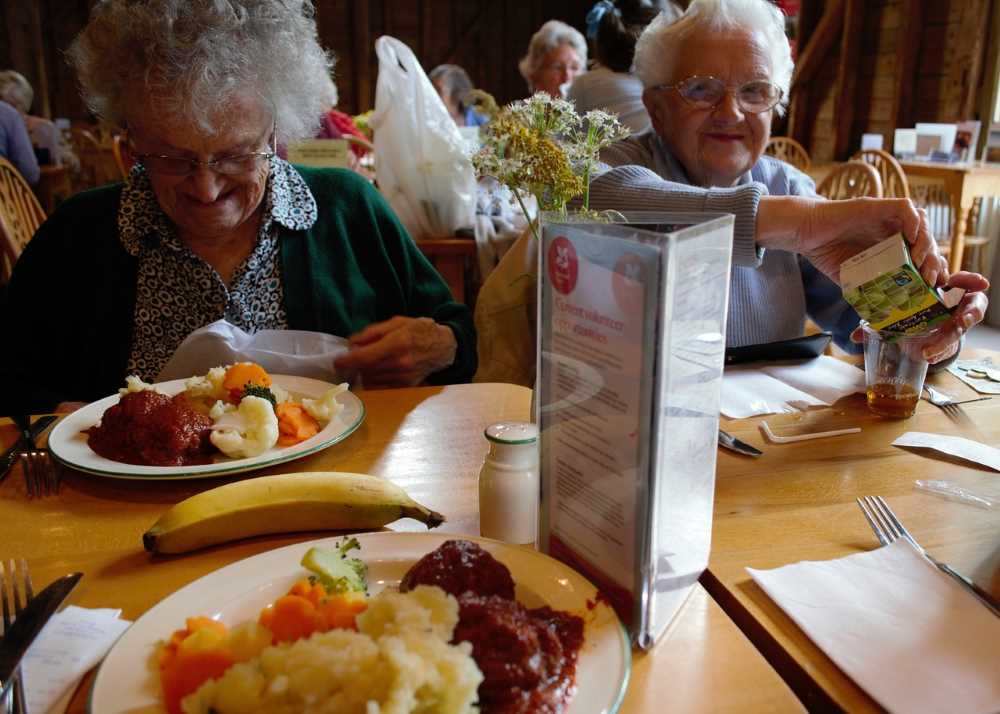The Vital Role of Diet and Nutrition in Aging Gracefully
In Mexico, the elderly face a dual challenge of obesity and malnutrition. Adequate nutrition is crucial, with tailored calorie and protein intake, along with key micronutrients. A balanced diet and professional guidance can help older adults lead healthier, more fulfilling lives.

Aging is an inevitable part of life, bringing with it a myriad of changes that can impact our overall well-being. As we grow older, we encounter reduced metabolism, loss of muscle mass, alterations in nutrient absorption, decreased appetite, and often the presence of chronic diseases.
These changes make older adults more vulnerable to nutritional deficiencies and imbalances in macronutrient intake. In this article, we'll delve into the importance of diet and nutrition for the elderly, with a particular focus on the situation in Mexico.




